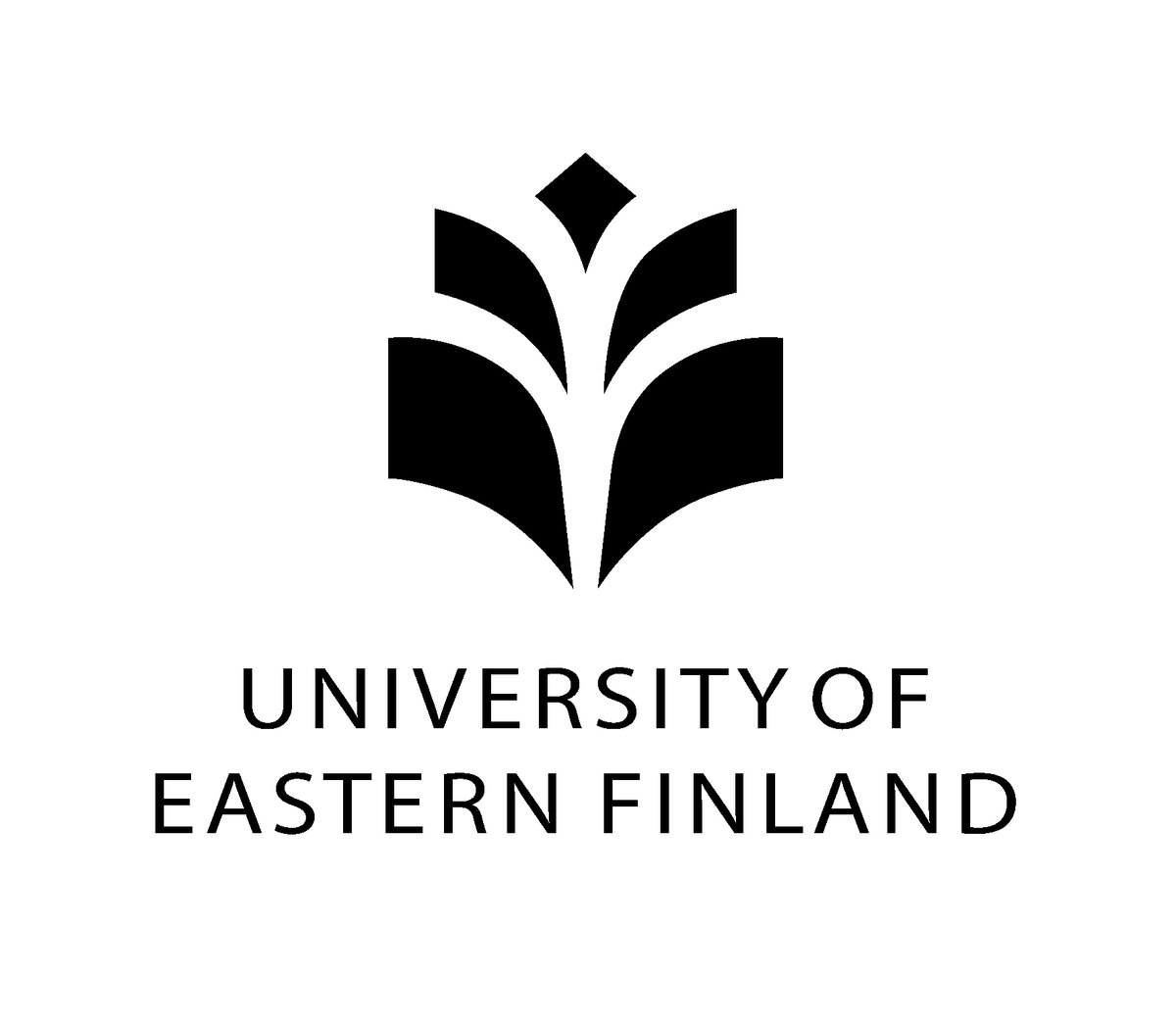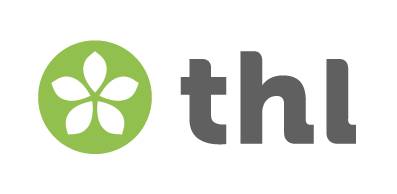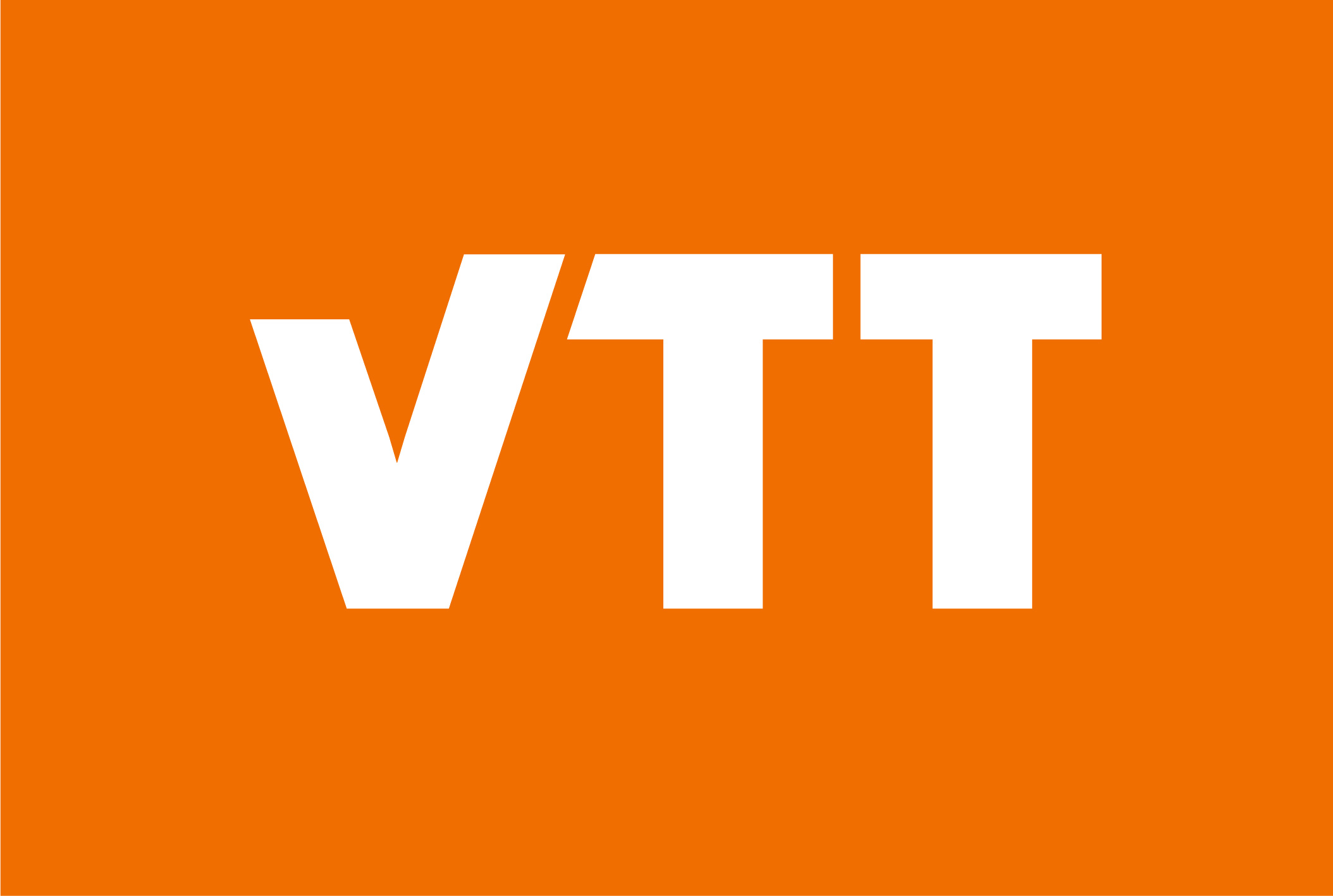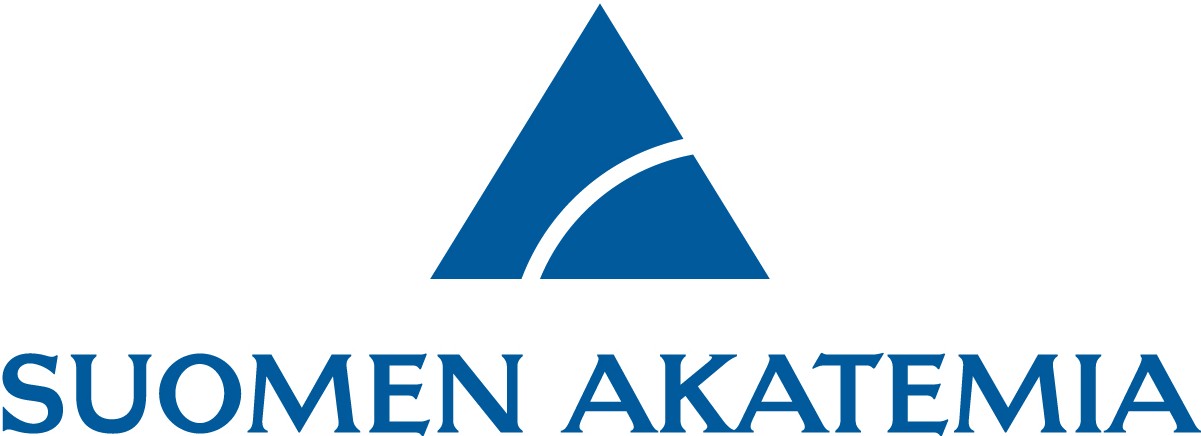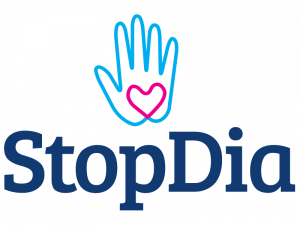Sosiety level and health economic evaluation
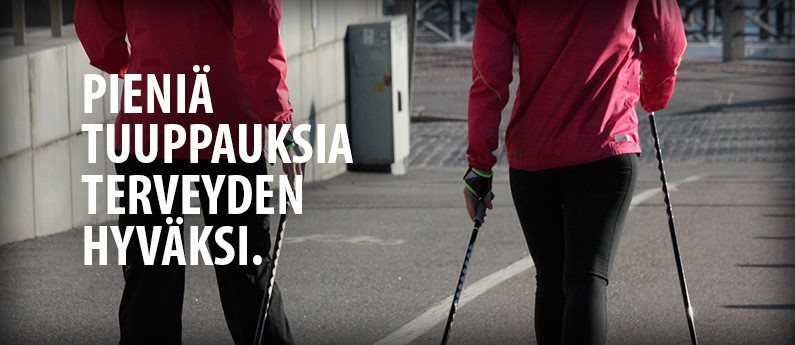
Socio-economic barriers and facilitators to support decision-making
One of the aims in the society level is to research potential socio-economic implementation barriers and facilitators of interventions aiming to prevent the incidence of type 2 diabetes in Finland, including the health economics of type 2 diabetes prevention.
Situational analysis of the current socio-economic system and acceleration of socio-economic change
We are conducting stakeholder analysis to recognize key actors influencing the change towards health promoting society. Based on stakeholder analyses, we carry out interviews of different stakeholders and arrange workshops to gain understanding of the needed change towards preventing T2D.
With the information from stakeholder analyses, interviews and workshops, we will develop and visualize vision pathways for the change process. The vision pathways will be modified to present identified system-level change facilitators and barriers as well as change actors to promote the new model for supporting healthy lifestyle and T2D prevention at multiple levels in Finland.
Health economic evaluation of StopDia interventions
We are developing a health economic model based on the available scientific evidence and real-world registry data to pre-evaluate the potential cost-effectiveness of StopDia interventions.
The results of this evaluation are used to demonstrate the potential health economic impacts of StopDia interventions for national and local decision-makers, and other stakeholders. In addition, we are conducting detailed prospective health economic assessments alongside with the StopDia interventions.
The short-term health economic evaluations will be conducted using a within-trial economic evaluation approach. However, due to the limited follow-up time of the StopDia study, we will also construct a long-term monitoring platform to measure the long-term effectiveness and cost-effectiveness of interventions based on a register-enriched data.
The enriched dataset enables us to detect incident T2D cases, the long-term costs, as well as the cost-effectiveness (e.g. cost per prevented T2D case).
